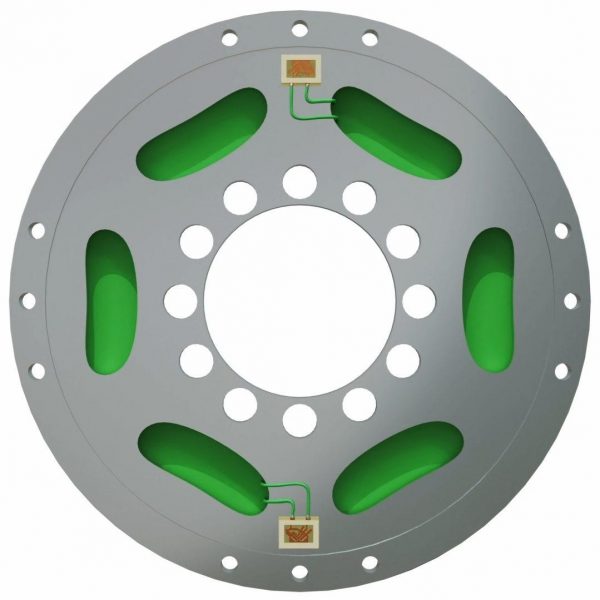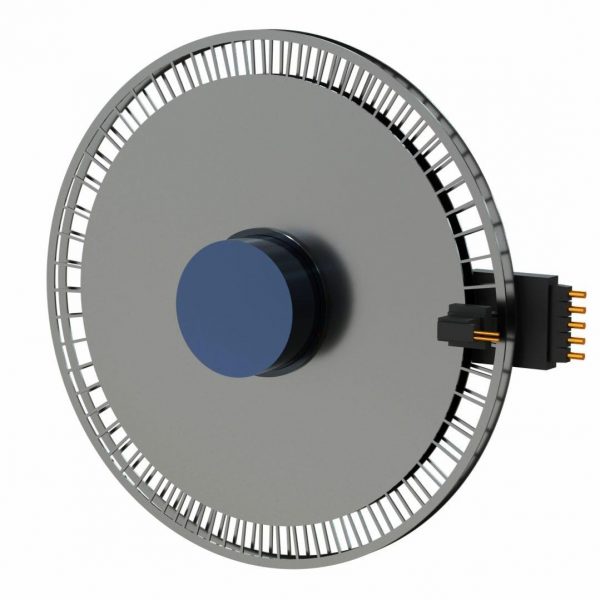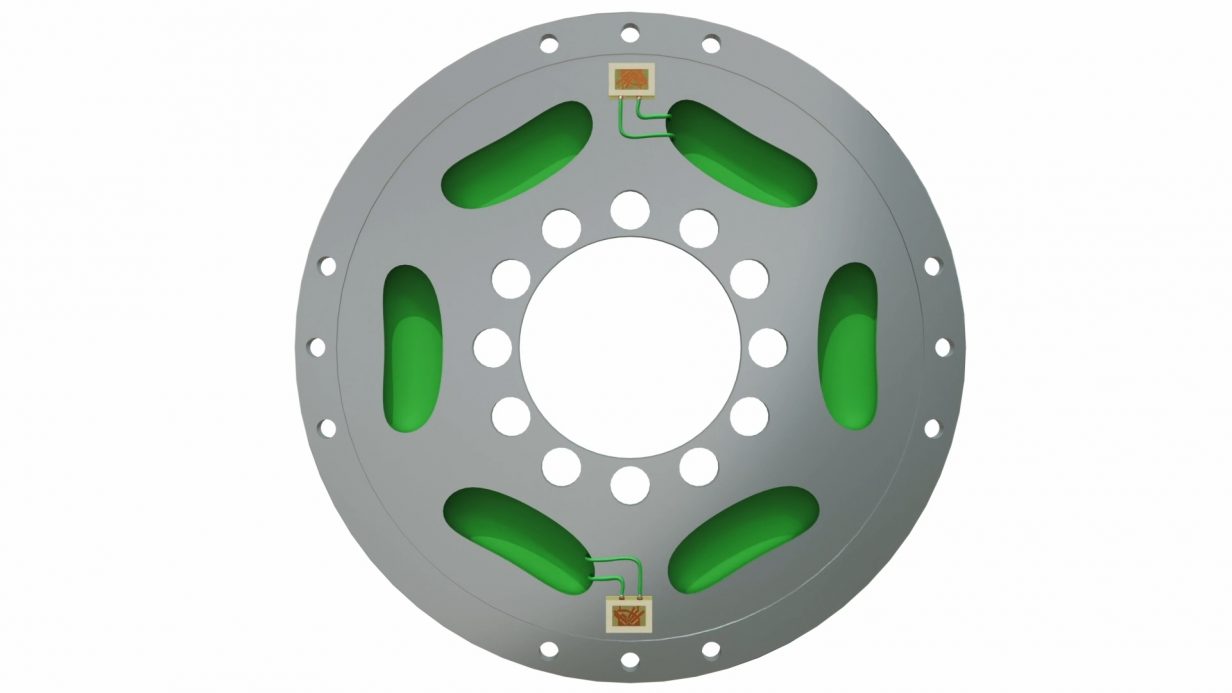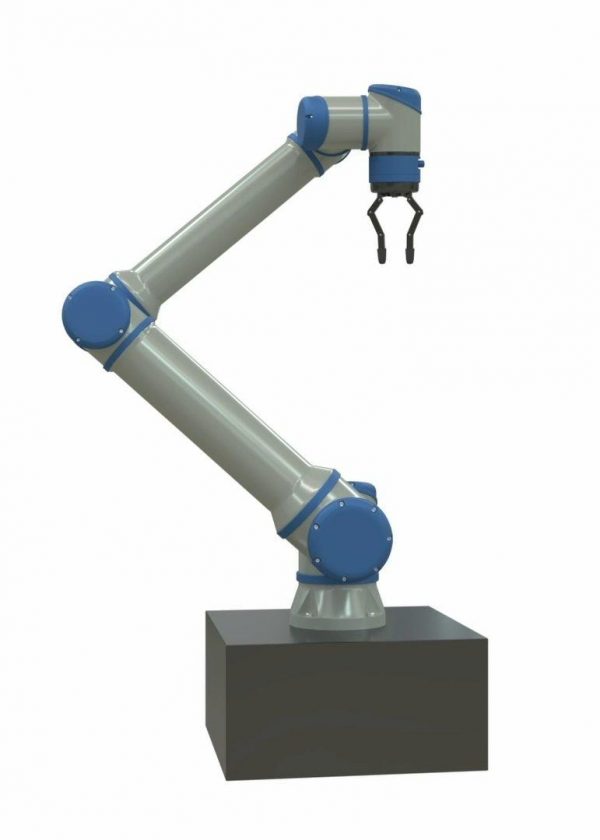SAW technology can facilitate improved robot performance and design by virtually eliminating joint flex, creating a higher-performing and more repeatable robot with more compact joints than has been possible before.
In mobile robots, it can be used to provide accurate torque data from the electric motor drive or final drive systems. This can enable closed-loop control of the electric motors to improve efficiency. Improved robot positional control and acceleration or deceleration, with accurate drive torque feedback and greatly enhancing torque vectoring capability compared to conventional drive systems. The technology can also be used to reduce servo-drive harmonics, extending the operating envelope of the machine.
Transense SAW technology is, a wireless, passive, non-contact sensing system consisting of two main components:
- SAW sensing elements connected to an antenna or RF coupler mounted on the rotating shaft and
- An electronic interrogation unit called a reader that is connected to its stationary RF Coupler. The reader creates an interrogation signal which is transmitted to the rotating shaft through the RF coupler.
The sensing elements on the shaft do not require any other power source and work as a passive device reflecting an interrogation signal back to the reader electronics. The very small amount of power required being contained in the RF signal. This system also allows the robot joints to fully rotate beyond 360 degrees, which can be particularly useful in the wrist joint. The RF coupler can also be used as an accurate position resolver. If full rotation is not required, for example in the lower joints of the system for example then the RF coupler can be eliminated and the SAW device can be hard-wired to the reader electronics.
The backscattered signal coming from the SAW device has a frequency of oscillation that is affected by a physical measurement such as strain and temperature.
The reader electronics analyse the received back-scattered signal and calculates the value of the physical strain and temperature, the shaft surface strain gives an accurate measurement of shaft torque. Measurement of temperature in the same unit allows for temperature compensation across a wide range of operating temperatures.



